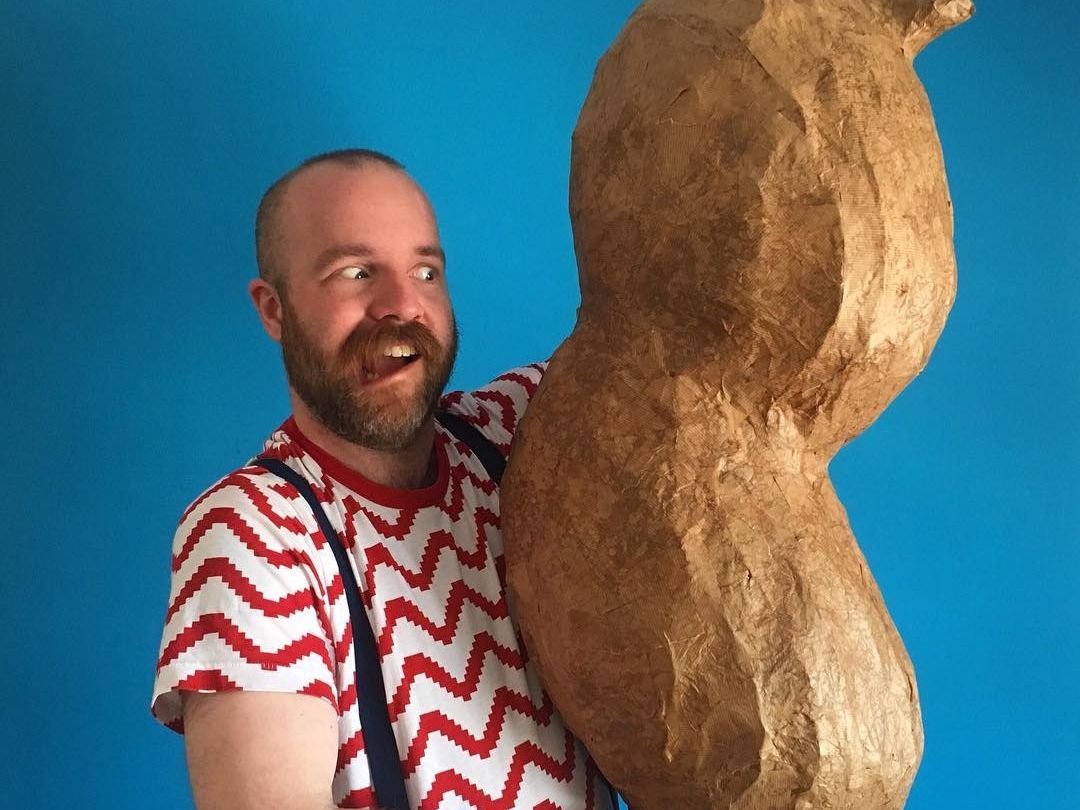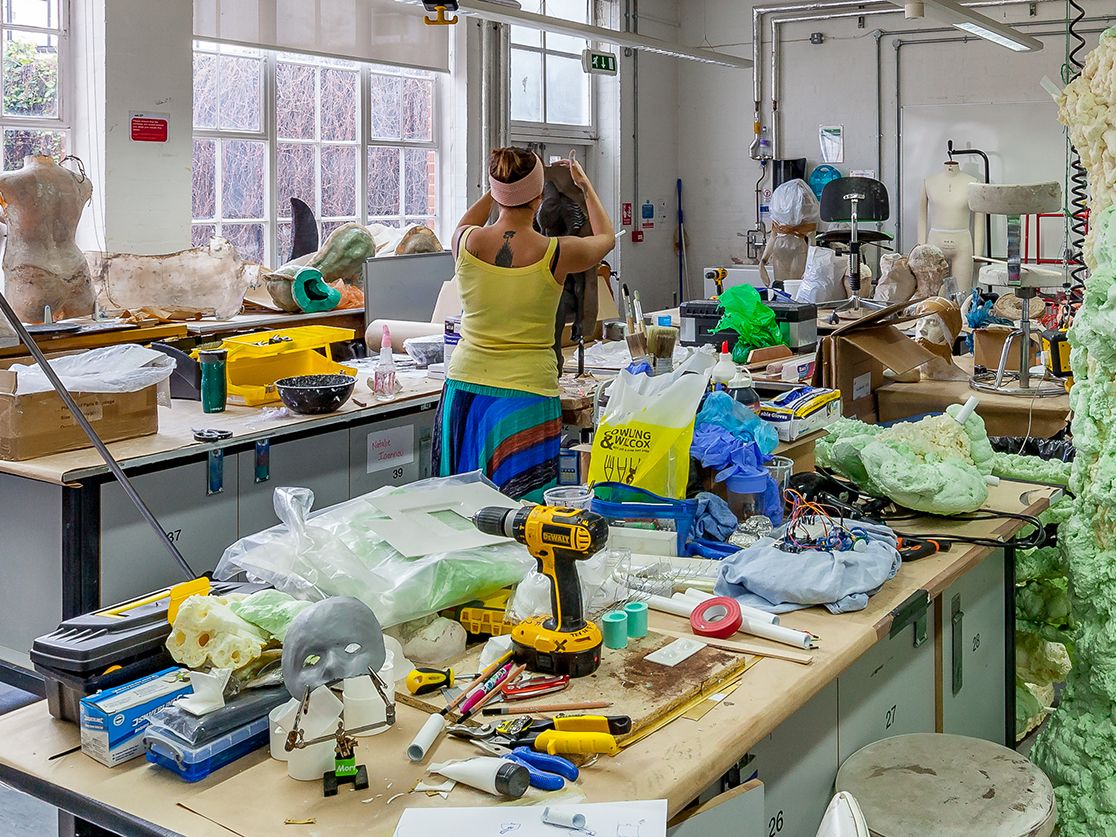Simon Betts is the Dean of Performance for Camberwell, Chelsea and Wimbledon, a role he has held since 2017. He is leading the development of a new vision of theatre and performance at University of the Arts London (UAL). We chatted to him about what he did before arriving at UAL, and what the best thing about his job is.

What is your background?
Despite being the Dean of Performance, and having strong familial ties to the theatre (my grandfather built and managed Theatres in the east of England, and aunt worked at Sadler’s Wells) my background is actually in Fine Art. I studied Fine Art: Painting at the University of Sheffield, a city that I grew to love. It was a culture shock at first, moving from Cambridgeshire to the Steel City; but in the second and third year, my work was very much in response to the city and surroundings, particularly the steelworks.
It wasn’t until I took on the role of Head of Foundation at Wimbledon College of Arts in 2003 that I got back into performance. This was a chance to work closely with colleagues to grow and develop the course that we could offer. When I started leading the foundation course it had around 15 performance students each year, and when I left there was an average of 75 people studying on the Foundation course.
When the roles of Dean of Performance and Dean of Fine Art at Camberwell, Chelsea and Wimbledon came up, my partner was convinced that I’d apply for the Fine Art role, but it was the Performance one that I really wanted. Having previously covered the role of Dean of Wimbledon, where I worked to bring the Fine Art and Performance teams closer together.
Since becoming Dean of Performance, I have chaired the Wimbledon organising group of the exhibition Evolving Design for Performance, a joint project with The National Centre for Performing Arts in Beijing, held there in 2015. This exhibition showcased the work of up to 50 scenographers, designers and theatre-makers from 13 countries from across Europe.
My recent research projects include a cross-disciplinary drawing, science and contemporary dance workshop with surgeon Mr Neil Shah, and students from MA Choreography, Trinity Laban, London.
What is the best part of your job?
Since starting in education, my guiding principles have been:
What does the best course I could be on look like?
As I design, am I excited by it and will allow students to make a difference when they leave?
I’ve always wanted to create programmes which are ambitious and provocative for students. I’m happy to have made a contribution to making a difference and helping students confront the world. I’ve also met some incredible people both at UAL and from all across the world. One person who sticks in my mind taught at the University of Melbourne. His entire life’s work had been dedicated to researching one enzyme. When I met him, he had just discovered what it did – he was in his 60s!
Can you tell us something people might not know about Wimbledon?
Although Wimbledon College of Arts was formally established in 1890, it has links back to 1873 and the formation of Merton Ladies Sketching Club.


